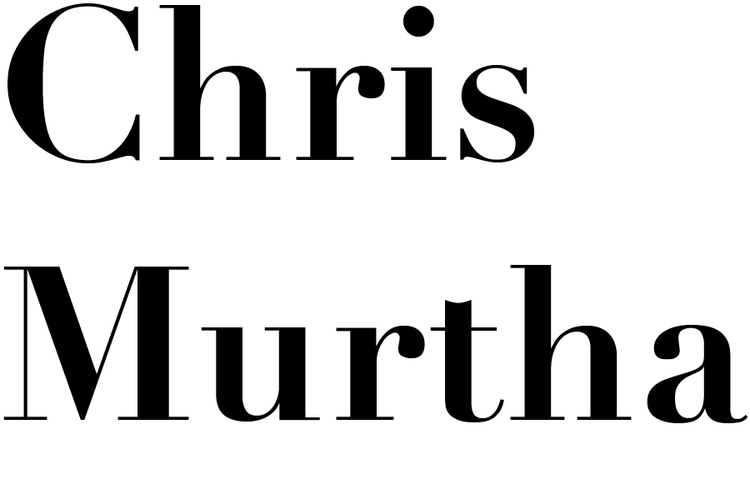Installation view, Rachel Harrison: Perth Amboy, The Museum of Modern Art, March 19 – September 5, 2016.
In Fall 2000, Rachel Harrison set out to document a modern-day pilgrimage to Perth Amboy, NJ. Residents there claimed to have seen an image of the Virgin Mary in their second-story window and people were flocking to this town on the outskirts of New York City to behold Her presence. Harrison’s resulting project, Perth Amboy, is currently being re-staged by MoMA fifteen years after its original presentation at Greene Naftali Gallery.
From early on, Harrison’s work has presciently combined sculpture and photography to explore our relationship to images more concretely. Here, she pairs her own photographs from Perth Amboy with a series of found-object sculptures. With this installation, Harrison questions how we view art and, more specifically, what we look for when we view art. In retrospect, it represents her archetypal project.
Harrison’s understated photographs forego documentation of the apparition and focus instead on the moment when visitors touch the window in hopes of gleaning any lingering presence. One photograph eerily captures the faint image of a person’s face, just visible through the glare of reflected sky and the accumulation of handprints. In effect, the handprints form a new image, one that recalls the smudges that initially conjured the Virgin Mary. With an emphasis on contact, Harrison’s photographs transport the image of this holy apparition back into the physical realm.
Installation view, Rachel Harrison: Perth Amboy, The Museum of Modern Art, March 19 – September 5, 2016.
The rest of the installation, which fills the entire gallery, is set up as a cardboard maze that limits our mobility and seems to entrap us within the space. The cardboard panels are unaltered except for the folded scores that allow them to stand on their own, somewhat precariously. Situated (and sometimes hidden) among them are seven sculptural arrangements, exhibited on customized bases that include a mirrored pedestal and a Stor-All box. The gallery is so crowded with cardboard that it is difficult to look at more than one of these tableaux at once, and impossible to view them collectively.
Several pairings focus on the act of looking, with one object contemplating another. In one, a ceramic figurine of a Chinese scholar meditates on one of Harrison’s characteristically lumpy cement sculptures. In contrast, a family of porcelain Dalmatians gazes up at a crumpled chipboard envelope as if it were an important monument. Others focus more directly on photography: a Becky doll (Barbie’s disabled friend and coincidentally "the school photographer") views an unspectacular image of a green wall and a miniature bust of a Native American in headdress admires a framed snapshot of a sunset (a remnant from Harrison’s earlier project, Sunset Series*).
Rachel Harrison, detail of Untitled from Perth Amboy, 2001, wood, GatorBoard, cardboard, Becky Friend of Barbie doll, thumbtacks, and chromogenic print, 96 x 38 x 41 inches.
Each pair is a reiteration of the others, a repetition of the gaze (and the projections that accompany it) that is central to the artist’s project. By relating her own pieces to common objects, Harrison may be poking fun at her own work and contemporary art in general, but more likely she’s taking aim at the loaded nature of the gaze, the awkwardness of the exchange between a viewer and an object.
Here, the observed objects signify nothingness, or at least an absence of clear meaning or function: an empty envelope, an abstract sculpture, a generic sunset photograph, and a green screen, which represents digital invisibility. Harrison’s readymade figurines are searching for something in these objects that they may not find, and this, perhaps, is what they share with the people documented in the photographs that line the gallery walls. Still, the effort is admirable.
Harrison may have been drawn to the initial spectacle in Perth Amboy as a skeptic, but she clearly respected the power of the apparition. Unlike the sculptures, there is no mocking tone in her photographs of the faithful. After all, it was the power of an image envisaged from a few smudges on a windowpane that drew crowds of people to an unassuming two-story house in the suburbs. It’s a similar power that transfixes the figures in Perth Amboy and keeps us wandering this cardboard maze.
Installation view, Rachel Harrison: Perth Amboy, The Museum of Modern Art, March 19 – September 5, 2016. (All photos: Chris Murtha)
Rachel Harrison: Perth Amboy
On view through September 5
The Museum of Modern Art
11 West 53rd Street
www.moma.org
*Harrison’s Sunset Series (2000) featured photographs that employed various analog distortions to create distinct images of the same sunset snapshot.
